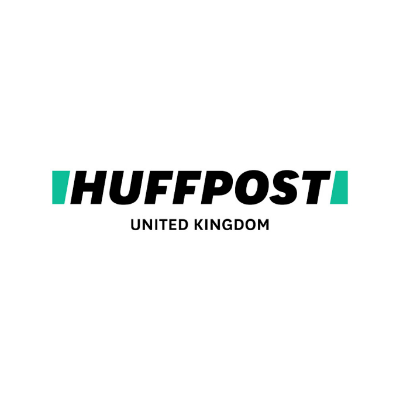 HuffPost UK Article Rating
HuffPost UK Article RatingHere's Why Democrats' $3.5 Trillion Legislation Isn't (Quite) As Big As It Sounds
- Bias Rating
-54% Medium Liberal
- Reliability
N/AN/A
- Policy Leaning
34% Somewhat Conservative
- Politician Portrayal
-33% Negative
Continue For Free
Create your free account to see the in-depth bias analytics and more.
Continue
Continue
By creating an account, you agree to our Terms and Privacy Policy, and subscribe to email updates. Already a member: Log inBias Score Analysis
The A.I. bias rating includes policy and politician portrayal leanings based on the author’s tone found in the article using machine learning. Bias scores are on a scale of -100% to 100% with higher negative scores being more liberal and higher positive scores being more conservative, and 0% being neutral.
Sentiments
N/A
- Liberal
- Conservative
| Sentence | Sentiment | Bias |
|---|---|---|
Unlock this feature by upgrading to the Pro plan. | ||
Reliability Score Analysis
Policy Leaning Analysis
Politician Portrayal Analysis
Bias Meter
Extremely
Liberal
Very
Liberal
Moderately
Liberal
Somewhat Liberal
Center
Somewhat Conservative
Moderately
Conservative
Very
Conservative
Extremely
Conservative
-100%
Liberal
100%
Conservative

Contributing sentiments towards policy:
65% : Green energy would get a boost, but not enough to hit climate goals.60% : It would also reduce what the federal government spends to subsidize private insurance through the Affordable Care Act.
56% : One is to look back a little farther in history to the reforms of the Great Society and New Deal.
55% : On the other hand, this was mostly before Social Security started paying out checks.
54% : Putting aside one-time or emergency spending measures, like the pandemic relief measures of the past year and a half, that $3.5 trillion increase in federal spending would represent the largest single increase in ongoing government spending in decades.
52% : the New Deal tripled the size of government," Kogan said, adding that it was "vastly greater in every way than what's going on with the Democratic plan."
51% : Comparisons between the U.S. and other countries are always difficult, in part because a proper tally of U.S. government spending has to include state and local outlays.
50% : He mentioned in particular temporary, one-time funding for wars and emergencies -- including the pandemic -- that have sent government spending soaring.
48% : Although the bulk of the legislation's proposals envision spending new money on human services like home care aides for the elderly and people with disabilities, the agenda also includes some proposed initiatives that are supposed to reduce government spending -- in other words, proposals that would make government smaller, not bigger.
47% : The posture of these conservative Democrats is not surprising, given their relative ambivalence toward government programs and federal spending.
46% : The Biden agenda looks even smaller when you compare it to the New Deal.
42% : That would mean less government spending through Medicare, which pays for older Americans' drugs.
22% : "To call [the Biden-Democratic] package 'historically large' is fundamentally wrong unless one ignores the New Deal, wars and tax cuts," Kogan said.
21% : To call [the Biden-Democratic] package 'historically large' is fundamentally wrong unless one ignores the New Deal, wars and tax cuts.
*Our bias meter rating uses data science including sentiment analysis, machine learning and our proprietary algorithm for determining biases in news articles. Bias scores are on a scale of -100% to 100% with higher negative scores being more liberal and higher positive scores being more conservative, and 0% being neutral. The rating is an independent analysis and is not affiliated nor sponsored by the news source or any other organization.





















